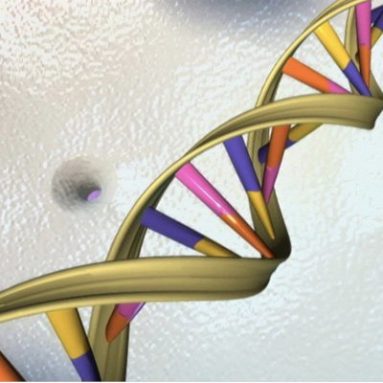Genes tell old story
Ancient cells hold evidence of a massive die-off of Native Americans
When European settlers arrived in North America, they brought their diseases with them. Shortly afterward, large numbers of Native Americans began dying from smallpox. Documents that record this tale are 500 years old. But scientists have now found additional evidence. They say it’s buried deep inside human cells.

Evidence in genes show that the Native American population dropped by half after the arrival of Europeans, report Brendan O’Fallon and Lars Fehren-Schmitz. O’Fallon studies genes at ARUP Laboratories in Salt Lake City, Utah. Fehren-Schmitz is an anthropologist, a scientist who studies humankind. He works at the University of Göttingen in Germany.
Cells make up every part of the body. Deep inside almost every cell is a long, coiled molecule called DNA. Genes are chunks of DNA that play important roles in determining one’s life. Genes help determine such things as skin color and height. They also play a role in many things you can’t see, such as the chance of getting a disease.
Genes change over time. By tracking these changes, scientists can learn about a person’s ancestors. O’Fallon and Fehren-Schmitz looked at genes in the mitochondria of cells. (Mitochondria are like factories that help cells use energy from food.) The scientists compared DNA from the remains of ancient Native Americans to the DNA of living people who have descended from Native Americans.
The scientists identified patterns in the genes that changed over time. To do this, they used statistics, which includes useful mathematical tools for analyzing large amounts of data. From these analyses, the researchers estimated the size of the Native American population before and after Europeans arrived in the Americas. And they found the number of native people plummeted after colonists’ landed in the New World.
Earlier genetic studies didn’t turn up evidence of the Native American die-off. Scientists involved with the new study say that there’s now more data from ancient remains. That may explain why researchers can noq get a better idea of what happened.
Some scientists question the findings. “These new results confirm what’s known from historic sources, but the quality of ancient DNA data raises potential concerns,” sayys Phillip Endicott. He is a scientist at the Musée de l’Homme in Paris, France, who looks for clues to history in DNA changes. DNA from ancient Native Americans may have been damaged from contamination in the ground or from scientists handling the remains, he notes.







